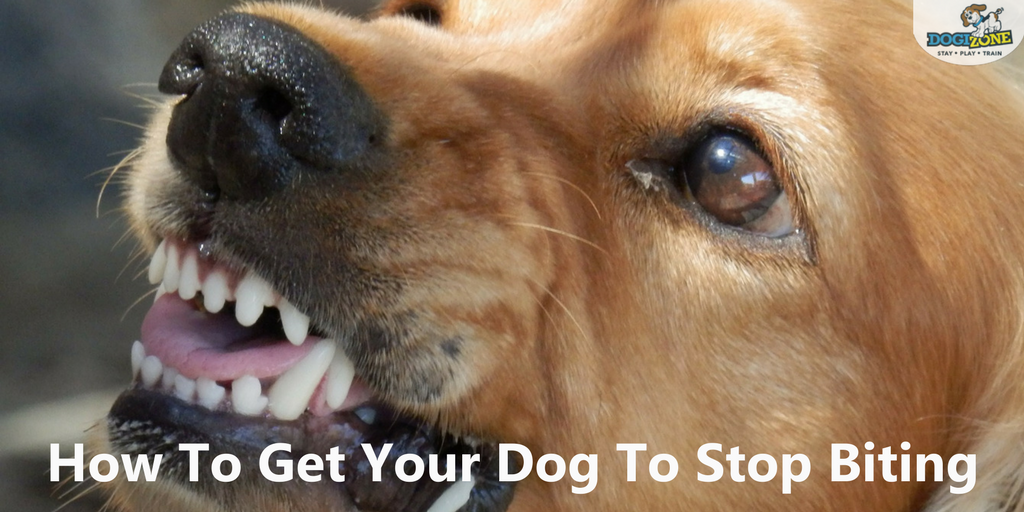How To Get Your Dog To Stop Biting
Having a Biting Dog can be Stressful, Painful and Costly! 
Dogs that bite are not just nuisance or an inconvenience for the owner; they are a lawsuit that is just waiting to happen. Today, even small dog bites are resulting in lawsuits with costly consequences for the owner. You might be wondering how to get your dog to stop biting.
Dog bites are sometimes limited to dogs biting other dogs. Sometimes this is due to aggression in the dog, but it can also occur if the dog was not socialized as a puppy. Puppies removed from their littermates at a very young age often don’t learn bite inhibition from their siblings and their mother, so they may become what appears to be aggressive in play when it is really a case of not understanding that biting is hurting the other person or dog.
Puppies
Ideally, start working with puppies to teach bite control. It is important to understand that puppies will bite for two very basic reasons. The most common is to learn about their environment, and this is called mouthing. Puppies will also bite if they are frightened and are trying to protect themselves.
Training to prevent the two, means understanding why the puppy is biting. Is he or she playing or exploring when the bite occurs? In this case, it will be mouthing behavior. If the puppy is growling, trying to escape or distressed, the biting is associated with fear and anxiety.
Mouthing
To stop a puppy from mouthing and biting on people’s fingers or hands, it will be important to act in a way the puppy understands. If he or she bites, immediately let the hand go limp and give a high-pitched yelp. Stop playing and ignore the puppy for no more than a minute, then go back to the game. Repeat the procedure as necessary.
It is important to stop the mouthing habit as soon as possible. This is where being proactive comes in. If the puppy starts mouthing on your hand, complete the steps above but this time bring in a chew toy and praise the puppy for biting on the toy.
Fear
If the puppy is biting in fear, never punish or yell at the puppy. Instead, start basic socialization by providing a safe place for the puppy and then spending time with the dog until he or she is comfortable with your voice. Then, bring a treat into the area and sit down, allowing the puppy to come to you for the treat. As he or she becomes more comfortable, touch the puppy gently, gradually expanding to petting and playing as the puppy learns you are a safe, friendly person.
Dogs
With mature dogs, the process can be very similar, although you will want to give the yelp and remove attention at even moderate pressure on the skin. Immediately provide a favorite object and reward the dog for playing with the chew toy, ball or rope and not using his or her mouth on your hands.
The goal should be to always have the dog chew on a toy, never on your hands. This particularly true when the dog’s play becomes more energetic and aggressive. A new dog or an adopted dog may also use this behavior out of fear or anxiety, so provide time and space as described for the fearful puppy.
If the dog doesn’t respond to this, or if the underlying issue isn’t bite inhibition but aggression, working with a dog behavior specialist or a trainer will be important. The sooner this behavior is corrected using positive, effective methods the less stress for the owner as well as the dog.

